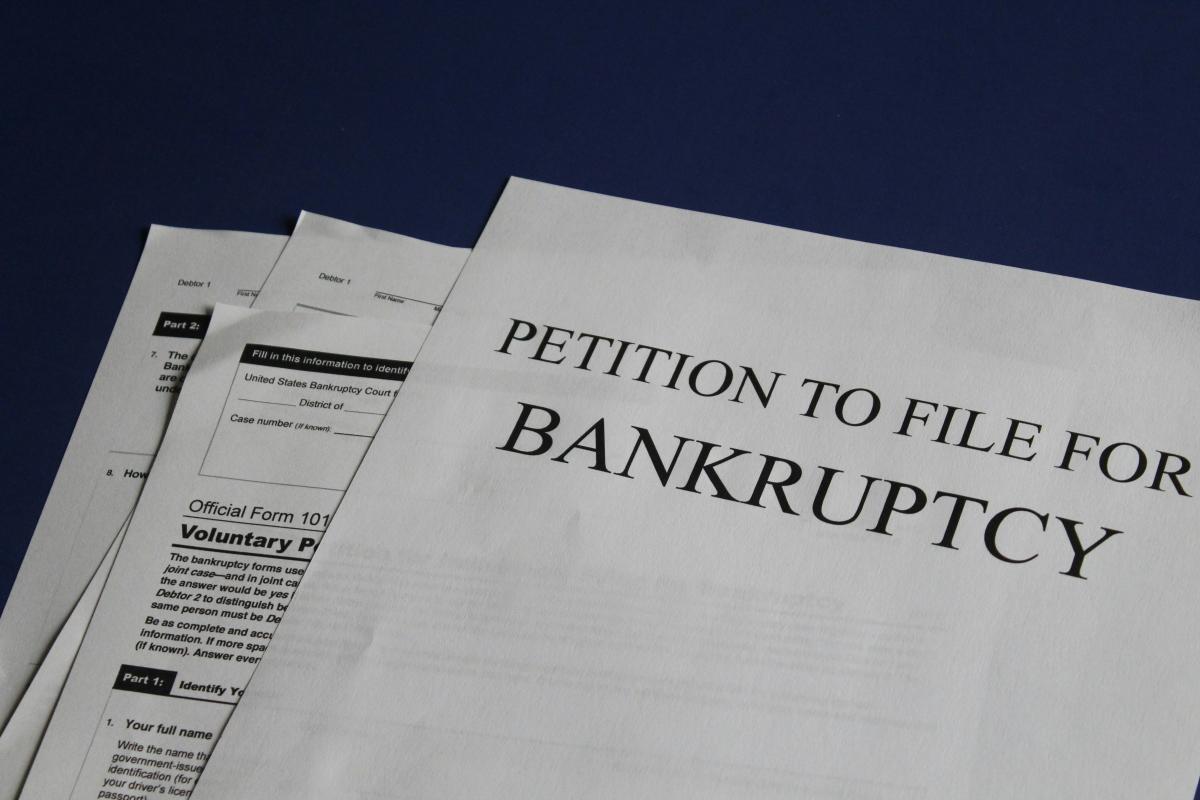
Throughout history, societies have often frowned on bankruptcy, viewing it in moral terms as a breach of trust and responsibility to each other.
But, having lived through and reported on a variety of financial crises, I’ve become quite thankful for the court-driven process by which modern capitalism deals with this unpleasant problem.
Even though it imposes what can seem like arbitrary, asymmetric burdens on those left holding debtors’ bags, at such times bankruptcy gives badly needed breathing room for market confidence to recover.
You’re reading Money Reimagined , a weekly look at the technological, economic and social events and trends that are redefining our relationship with money and transforming the global financial system.Subscribe to get the full newsletter here .
With the dust settling following the messy collapse of some key crypto players in 2022, I’m reminded of that idea.
Recently the estates of FTX, Celsius, Genesis, Voyager and others have been making varying degrees of progress in their efforts to return value to creditors, showing how bankruptcy can be a useful circuit breaker .
Much like those automated trading-halt triggers that many stock exchanges employ when selling gets out of hand, the freeze in payment demands and margin calls breaks the cycle of panic that sets off bank runs and self-perpetuating market collapses.Bankruptcy buys all of us time to let the market shift from fear to greed, so a price recovery can start to mitigate the losses.
Only once the market contagion is contained can investors more soberly assess the value of an estate’s assets.Invariably, as trustees bring in professional management and embark on asset sales to recoup funds, they discover the panic was overblown and that some parts of the balance sheet are undervalued.Meanwhile, if the bankrupt entity has a portfolio of liquid exchange-based assets – or is holding them in custody for others, as with many failed crypto entities – there’s a good chance their value will improve along with general market conditions.
Story continues Such recoveries are, of course, not guaranteed.But there’s something about the natural volatility and cyclical nature of crypto markets that means that, if a creditor can hold on, there’s a good chance for an improved recovery on their claims.
FTX’s “full” recovery Consider the granddaddy bankruptcy of the Crypto Winter: FTX.The failed exchange’s founder Sam Bankman-Fried is in prison, convicted of massive fraud, but John J.Ray III, the new CEO brought in to recover value for the FTX estate on behalf of creditors, has diligently worked to get much of their lost funds back.
This week, the company announced in a court filing that it expects to fully repay the exchange’s customers.The definition of “fully” will be under some dispute as the estate uses as its benchmark the date of declared bankruptcy, two weeks after FTX’s problems had already driven down the price of most of the tokens those customers held at the exchange.
Nonetheless, it is a marked improvement from times when the FTX creditors’ claims were trading for as little as 15 cents in the dollar.
The biggest factor in the recovery is crypto markets.At the time of writing, bitcoin’s price is hovering just below $43,000, whereas it was at around $18,200, the low point of the bear market, when FTX declared bankruptcy on November 22.
Over that same period, the CoinDesk 20 index of top crypto tokens has gained 88%.That rising tide has lifted many defaulted creditors’ boats.
To be sure, some of the gains for some bankrupt firms come at the expense of other suffering entities.This tension is captured in the struggle between FTX and Voyager, the lender that collapsed in the summer of 2022.At one point, Bankman-Fried’s company was poised to acquire Voyager – a distressed asset deal that unraveled two months later when FTX itself went under.Over the past year, Voyager’s estate has been locked in a legal battle with FTX trading arm Alameda, which sued it to claw back some $445 million in loan repayments.
And digital asset manager Grayscale, a sister company of another failed lender, Genesis Global Capital – both owned by the Digital Currency Group, CoinDesk’s former owner – recently suffered large outflows after the FTX estate took advantage of the recent conversion of the Grayscale Bitcoin Trust (GBTC) into an exchange-traded fund (ETF) to sell around $1 billion in GBTC shares.On Monday, Genesis’s estate itself went one further, seeking a judge’s approval to sell $1.6 billion worth of Grayscale trust assets, most of them now in the bitcoin ETF.
But these events are also part of the deck-clearing needed to stabilize the industry.
Elsewhere, there are other positive stories.Last month, Celsius, yet another failed lender, officially emerged from bankruptcy, announcing a $3 billion distribution to creditors .And this week, Voyager’s token VGX was incorporated into Gala Games’ Galachain , a move that may at some point bring holders an additional outlet for liquidity.
Dirty laundry As lawyers Yesha Yadav and Robert Stark pointed out in an opinion piece last October , bankruptcy proceedings filled a vacuum left by U.S.regulators who’d failed to come up with a clear regulatory framework for the crypto industry.
This distorted the usual process of recovery, because it meant failed exchanges couldn’t safely carry on operations to earn out a recovery in creditor funds.To me, that’s more of a failure of the political process around regulation than a knock on the bankruptcy process.
Indeed, Yadav and Stark identified key areas in which bankruptcy courts also upheld important principles of business that regulators had failed to support.It took their judicial power to force disclosure of FTX’s, Celsius’s and others’ appalling treatment of customer accounts.That information will now help shape reforms.
Let’s hope that most of the dirty laundry has now been aired and that investors won’t have to face another brutal reckoning any time soon.
But since there was so much muck to clean out, we can be thankful for the cleansing provided by the bankruptcy process.
Related Quote: s
Symbol Last Price Change % Change BTC-USD Bitcoin USD 43,116.89 +726.62 +1.71% TRENDING 1.UPDATE 1-Sweden’s SBB faces legal proceedings from bondholder over repayment 2.Dutch coalition talks falter as 1 out of the 4 leaders in talks to form a new government walks out 3.
MOVES-Manulife hires BlackRock’s Anne Valentine Andrews as global head of private markets 4.
TREASURIES-Yields slip, Treasury sees solid demand for 3-year notes 5.NFL diversity policies are racist, conservative group claims.
